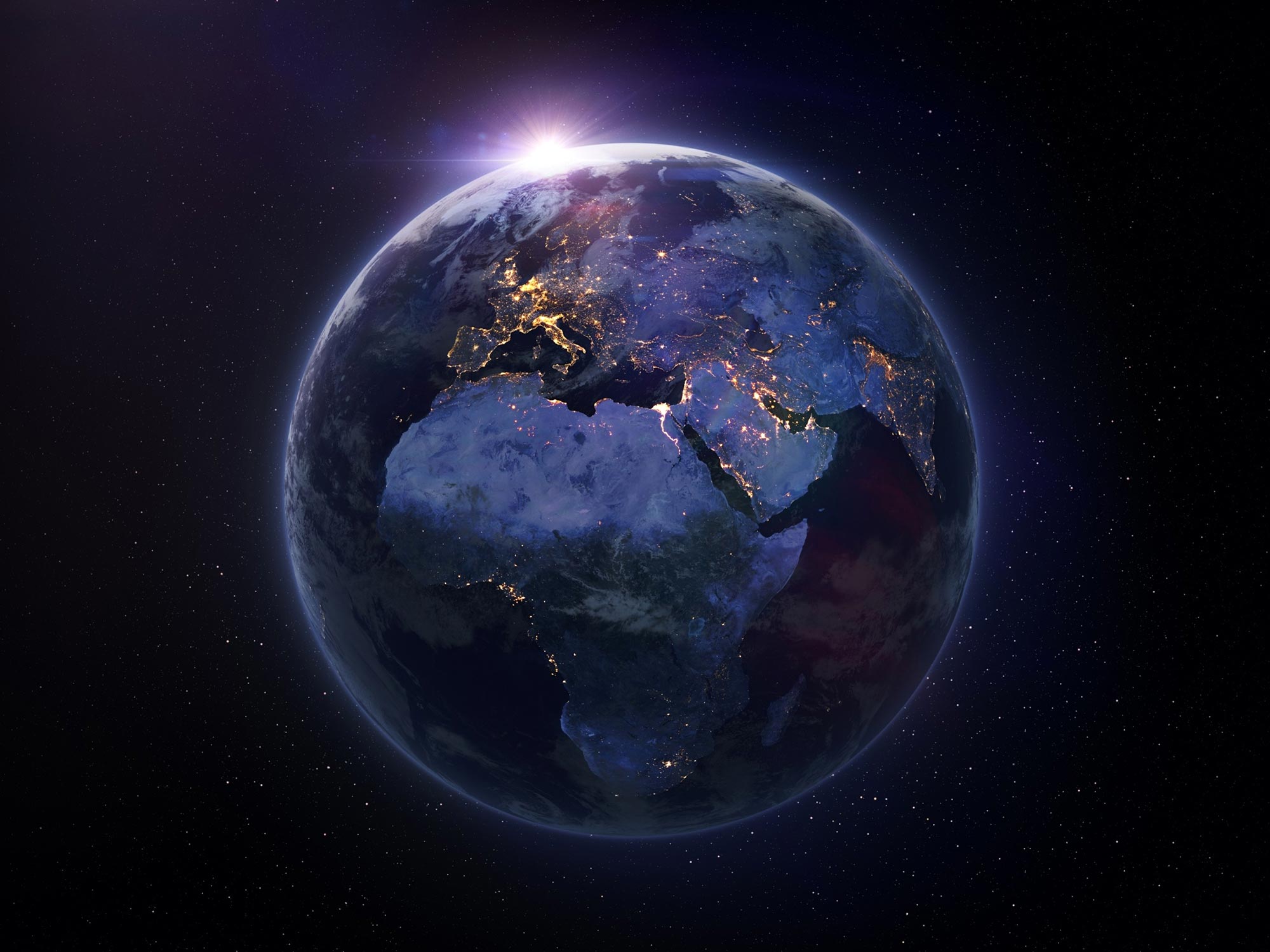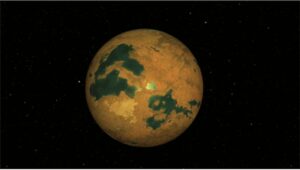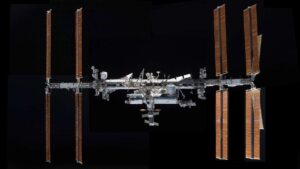Climate change is causing ice in Greenland and Antarctica to melt, shifting water to equatorial regions and affecting Earth’s rotation, which lengthens days by a few milliseconds. Supported by NASA, ETH Zurich researchers have shown that this effect can surpass the Moon’s influence on the Earth’s rotation rate and also shifts the Earth’s spin axis.
Melting polar ice due to climate change redistributes the Earth’s mass, slows its rotation and slightly lengthens the day, as highlighted by research from ETH Zurich, supported by NASA. This indicates a greater human influence on the dynamics of the Earth’s rotation than previously recognized.
Climate change is causing the ice in Greenland and Antarctica to melt. As a result, water from these polar zones flows into the world’s oceans – and especially in the equatorial region. “This means that a change in mass is taking place and this affects the rotation of the Earth,” explains Benedict Soya, Professor of Space Geodesy in the Department of Civil, Environmental and Geomatics Engineering at ETH Zurich.
“It’s like when a figure skater does a pirouette, first holding her arms close to her body and then extending them,” Soya says. The initially fast rotation becomes slower because the masses move away from the axis of rotation, increasing physical inertia. In physics, we talk about the law of conservation of angular momentum, and this same law governs the rotation of the Earth. If the Earth rotates more slowly, the days get longer. Therefore, climate change is also changing the length of Earth’s day, albeit minimally.
Supported by the US space agency NASA, ETH researchers from Soja’s group have published two new studies in the journals Nature Geoscience and Proceedings of the National Academy of Sciences (PNAS) on how climate change affects polar motion and day length.
Climate change trumps the influence of the moon
In the PNAS study, the ETH Zurich researchers show that climate change is also increasing the length of the day by a few milliseconds from the current 86,400 seconds. This is because water flows from the poles to lower latitudes, thus slowing the rotation rate.
Another reason for this delay is tidal friction, which is set in motion by the moon. However, the new study comes to a surprising conclusion: if humans continue to emit more greenhouse gases and the Earth warms accordingly, this will ultimately have a greater impact on the Earth’s rotation rate than the effect of the Moon, which has determined the increase in duration of the day for billions of years. “We humans have a greater influence on our planet than we realize,” concludes Soja, “and this naturally places a great responsibility on us for the future of our planet.”
Earth’s axis of rotation shifts
However, the changes in mass on Earth’s surface and in its interior caused by melting ice not only change the Earth’s rotation speed and the length of the day: as researchers show in Nature Geoscience, they also change the axis of rotation. This means that the points where the axis of rotation actually meets the surface of the Earth are moving. Researchers can observe this polar movement, which over a longer period of time reaches about ten meters per hundred years. Not only the melting of the ice sheets plays a role here, but also the movements that occur in the interior of the Earth. Deep in the Earth’s mantle, where the rock becomes viscous due to high pressure, displacements occur over long periods of time. Additionally, there are heat flows in the liquid metal of Earth’s outer core that are responsible for both generating Earth’s magnetic field and shifting mass.
In the most comprehensive modeling to date, Soya and his team have now shown how the polar motion results from separate processes in the core, in the mantle, and in the surface climate. Their study was recently published in the journal Nature Geoscience. “For the first time, we present a complete explanation for the causes of long-term polar motion,” says Mostafa Kiani Shahvandi, one of Soja’s PhD students and lead author of the study. “In other words, we now know why and how the Earth’s spin axis moves relative to the Earth’s crust.”
One finding in particular stands out in their study in Nature Geoscience: that processes on and in the Earth are interconnected and influence each other. “Climate changes cause the Earth’s spin axis to move, and the feedback from the conservation of angular momentum also appears to change the dynamics of the Earth’s core,” Soya explains. Kiani Shahwandi adds: “Continued climate change may therefore even affect processes deep within the Earth and have a larger scope than previously thought.” However, there is little cause for concern as these effects are minor and unlikely to pose a risk.
Physical laws combined with artificial intelligence
For their study of polar motion, the researchers used what are known as physically informed neural networks. These are new AI (AI) methods in which researchers apply the laws and principles of physics to develop particularly powerful and reliable algorithms for machine learning. Kiani Shahvandi received support from Siddhartha Mishra, Professor of Mathematics at ETH Zurich, who in 2023 received ETH Zurich’s Rössler Award, the university’s highest endowed research award, and who is a specialist in the field.
The algorithms developed by Kiani Shahvandi made it possible for the first time to record all the different effects on the Earth’s surface, in its mantle and in its core, and to model their possible interactions. The result of the calculations shows how the Earth’s rotation poles have moved since 1900. These model values are in excellent agreement with real data provided by astronomical observations in the past and by satellites over the past thirty years, meaning that they also allow predictions for the future.
Important for space travel
“Even if the Earth’s rotation changes slowly, this effect must be taken into account in space navigation – for example, when sending a space probe to land on another planet,” says Soya. Even a slight deviation of only one centimeter on Earth can grow to a deviation of hundreds of meters over vast distances. “Otherwise, it won’t be possible to land in a specific crater on Mars,” he says.
References:
“The Increasingly Dominant Role of Climate Change on Day Length Variation” by Mostafa Kiani Shahvandi, Surendra Adhikari, Matthew Dumbery, Siddhartha Mishra, and Benedict Soja, 15 July 2024. Proceedings of the National Academy of Sciences.
DOI: 10.1073/pnas.2406930121
“Core, mantle, and climatological contributions to Earth’s polar motion” by Mostafa Kiani Shahvandi, Surendra Adhikari, Matthew Dumbery, Sadegh Modiri, Robert Heinkelmann, Harald Schuh, Siddhartha Mishra, and Benedict Soja, 12 July 2024. Nature Geoscience.
DOI: 10.1038/s41561-024-01478-2



